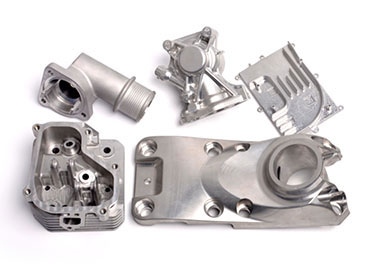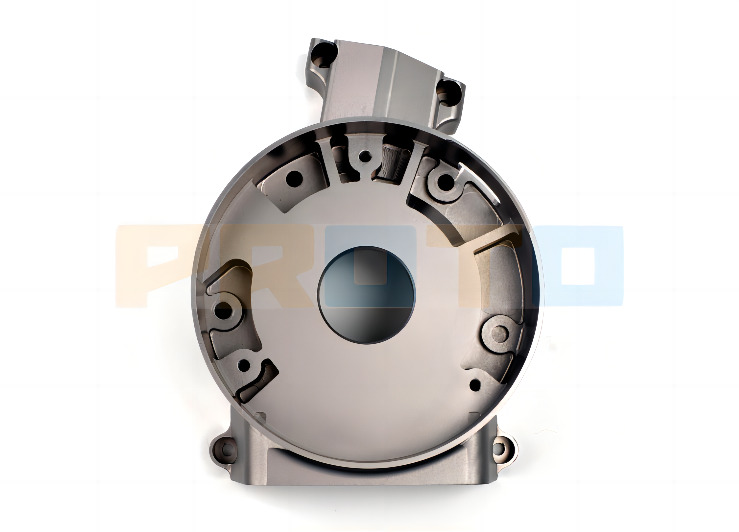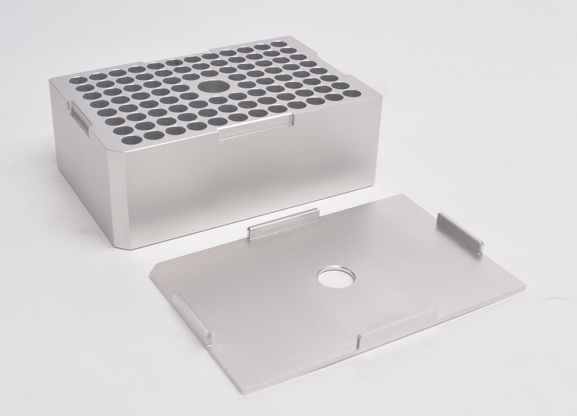If you have ever been in a quality lab where complex or precision CNC machined parts are inspected, you have likely seen a Coordinate Measuring Machine (CMM). A CMM is a sophisticated, automated metrology instrument used to accurately measure dimensions and geometric relationships. A CMM plays a significant role in guaranteeing that manufactured parts meet design intent and can easily be assembled.
This article will analyze the components, uses, and advantages of CMM machines.

Components of a CMM
First, let’s dive into the components of a CMM.
The material selection for a CMM probe is important as the probe must be stiff and rigid so unwanted deflections do not cause measurement errors. The measurement error has to be less than a thousandth of an inch for parts with tight tolerances. The rigidity and stiffness are also a requirement so that the spherical probe tips don’t break down.
A probing system stylus consists of a rigid stem and a hard spherical contact (or alternative shapes for varying applications). The rigid stems are typically made of metals like ceramics, tungsten carbide, carbon fiber, or stainless steel. The stylus tips, or contact balls, are typically machined from synthetic ruby, synthetic diamond, ceramics, silicon nitride, or zirconia.

Here are the things to look for when selecting a CMM probing system:
Rounded ball shape that is as close to spherical as possible
Good ball location with respect to the stem
Rigid and stable thread fit of the ball on the stem
Rigid and stable stem that won’t bend during measurement
Uses of CMM Machines
A CMM is a tool utilized to measure geometric relationships and key dimensions on a machined part. Here is a breakdown of the most common uses of a CMM:
Quality Control: CMMs are broadly utilized for quality control in manufacturing. They can gauge multifaceted elements of a workpiece with high accuracy, guaranteeing that it meets design intent.
Dimensional Inspection: CMMs confirm the exactness of manufactured parts. They can quantify lengths, measurements, points, and geometric relationships. Anything that can be specified through GD&T can be measured with a CMM.
Reverse Engineering: CMMs are utilized to determine cycles to make computerized models. This is particularly valuable when there is no CAD model.
Statistical Process Control (SPC): CMMs are often utilized to perform SPC, which includes collecting and analyzing data for a certain manufacturing process. The implications can help determine when preventive maintenance must be performed, when tooling should be replaced, or when controls need to be optimized.
Instrument Alignment: CMMs align different devices and apparatuses to guarantee precise estimations in the assembling system.

Advantages of CMM Machines
CMMs offer a few key advantages over hand measurements, including:
Coordinate Measuring Machines (CMMs) have revolutionized the manufacturing industry by providing accurate and reliable measurements. Their precision, flexibility, and productivity have made them indispensable tools for quality control, dimensional inspection, reverse engineering, statistical process control, and instrument alignment.
With the integration of CAD software, CMMs have become even more powerful, facilitating the fast identification of deviations and helping with design optimization. As technology advances, CMMs will undoubtedly play an increasingly critical role in improving the efficiency and reliability of manufacturing processes in various industries.